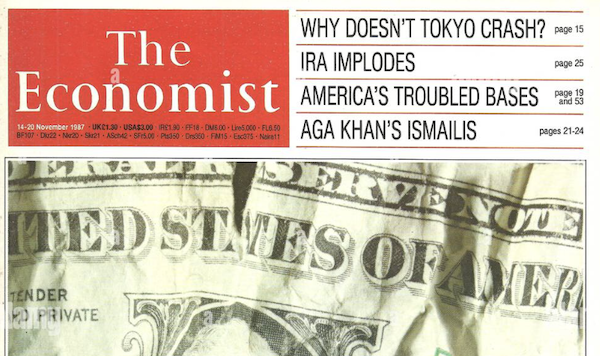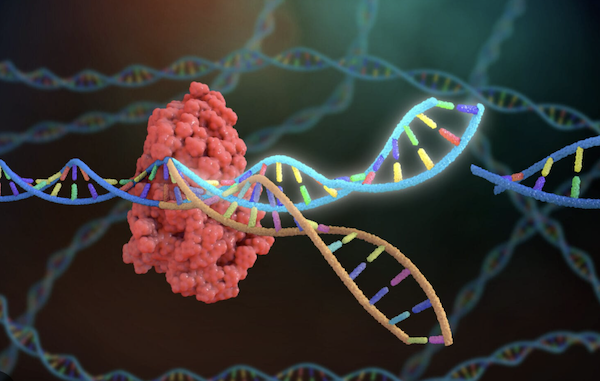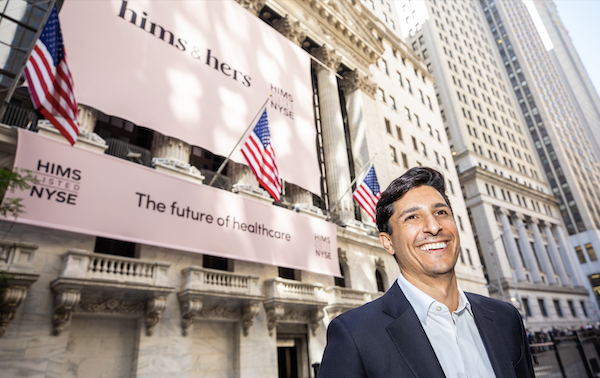Market scorecard
US markets finished slightly higher yesterday, brushing off a Moody's downgrade. What, me worry? After dipping more than 1% in the morning, the S&P 500 clawed its way back to close up for a sixth straight session. Treasury Secretary Scott Bessent met with Walmart execs to bully them into "eating the tariffs". This is embarrassing. Threats of price controls are for Marxists.
In company news, Novavax surged 15% after US regulators finally granted full approval for its Covid vaccine. Hello, it's 2025. Rather late than never? Elsewhere, Microsoft is adding models from Elon Musk's xAI startup to its Azure AI marketplace, a sign that the tech giant is keeping its options open beyond OpenAI.
At the end of the day, the JSE All-share closed down 0.14%, the S&P 500 rose 0.09%, and the Nasdaq was a tiny 0.02% higher. Squeaky, but clean.
Our 10c worth
One thing, from Paul

I've followed global markets closely for the last 38 years. I started reading The Economist when I was an engineering student at UCT, because I wanted to understand why the Wall Street crash of 1987 was happening. That's the magazine cover below, from that week.
This means that I've basically observed a long bull market for my whole adult life, interspersed by some major collapses (1987, 2001, 2008, and 2022). Perhaps this explains why I'm a relentless optimist.
A professional acquaintance of mine was pointing out that the market has been helped over the last four decades by disinflation, globalisation, high savings growth, a strong management focus on shareholder returns, and low interest rates. He argued that those forces wouldn't be around for the next 40 years.
He said: "We are now in an environment with higher rates, higher inflation, higher taxes, worsening demographics in developed countries, reduced global trade, fewer cost-cutting/offshoring opportunities and maybe a requirement for more fixed asset investment in higher cost countries."
He did concede that there might be a different set of factors, such as AI that could drive another multi-decade bull market. That would be my assumption, yes! Also, I think we will revert to some of those other tailwinds soon.
Byron's beats

Some of the weekly newsletters I follow make cool pie charts showing the current composition of funds run by world-famous investors. So I decided to make one of the overall Vestact client holdings using Microsoft Excel and Copilot.
Nvidia is the largest aggregate holding because its share price has done so well. The business is in great shape and we are mostly comfortable with our clients' exposure to that one.
We manage a fantastic overall portfolio of quality companies, if I say so myself.
Michael's musings

Gene editing is the future of medicine. Certain conditions are caused by errors in our genetic code, such as sickle cell disease, cystic fibrosis, Huntington's disease, and muscular dystrophy. Once we understand these ailments well enough, treatments can be developed to fix the genetic errors.
A baby just became the first person to receive a personalised gene editing treatment to fix a rare condition called CPS1 deficiency, which affects just one in 1.3 million children. Baby KJ received three doses of a treatment powered by CRISPR, which allows for the tracking down of the DNA mutation, and correcting it.
I wouldn't be surprised to see gene-editing treatments get to the point where we reverse ageing.
These techniques could be used to create super-human embryos that are disease-resistant, have high IQs, black hair, blue eyes, etc. Ordering up designer babies is a controversial topic, but that's something that my grandkids will have to worry about. For now, we can celebrate humanity's progress in being able to cure another rare disease.
Bright's banter

Hims & Hers Health is a San Francisco-based telehealth company established in 2017. Its shares have surged by more than 150% in the last month after announcing a partnership with Novo Nordisk to distribute their popular weight-loss drug Wegovy. The deal offers a bundled package of all dose strengths alongside a Hims & Hers membership starting at $599.
The company has been riding a powerful wave lately. Its Q1 results came in hot, with revenue up 111% year-on-year to $586 million, well ahead of expectations. Subscriber numbers rose 38% to 2.4 million, and average monthly revenue per user jumped 53% to $84. New offerings in weight loss, menopause, and hormonal care are gaining traction.
We far prefer Eli Lilly in this space, but will keep an eye on how Hims & Hers continues to navigate competition from traditional providers and pharma partnerships.
Linkfest, lap it up
Should insurers pay for GLP-1 weight loss drugs? A new study showed that it takes two years for patient medical bill claims to fall - 44% reduction in hospitalisations.
Every year, a few dozen tourists to Florence are rushed to hospital. They are overwhelmed by the city's array of art masterpieces - The ecstatic swoon.
Signing off
Asian markets rose for the first time in four sessions. Hong Kong led the rebound, gaining 1.3%, with battery giant CATL jumping as much as 18% on debut, a strong show of investor appetite despite recent global volatility.
In local company news, Vodacom reported solid results for the second half of its financial year, driven by resilient performances in South Africa, Egypt, and Tanzania. The group's revenue rose 10.9% on a normalised basis to R152.2 billion. Elsewhere, WeBuyCars reported a solid set of interim results, with core headline earnings rising 26.4%.
The Rand is at around R18.09 to the greenback.
US equity futures are slightly lower pre-market. Home Depot has results out before the market open on Wall Street.
Enjoy your day.